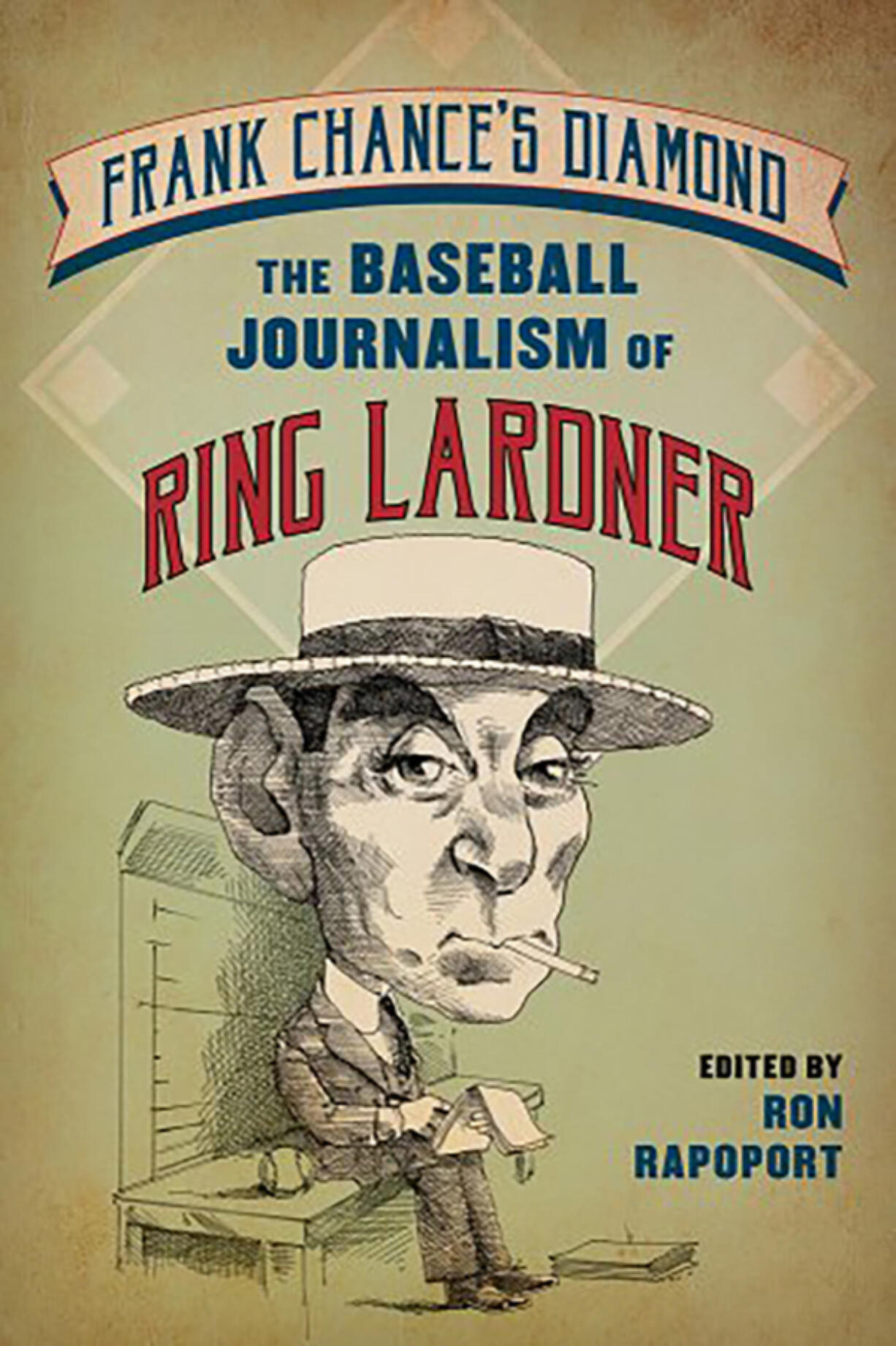Names fade, even names as distinctive as Ring Lardner, who was for a time as popular, famous and influential as any writer of the 20th century.
His full name was Ringgold Wilmer Lardner and he was the youngest of nine children born to a prosperous family in Niles, Mich., in 1885. He began his writing career as a reporter for the South Bend Times, worked for a number of newspapers here and elsewhere before settling in at the Tribune, where in 1913 he took over the then-new sports column called “In the Wake of the News,” now in the capable hands of Paul Sullivan.
His specialty was baseball stories, and he was a master at capturing the distinctive vernacular of the players. He was so immediately popular that a teenager named Ernest Hemingway, writing about sports for the paper at his Oak Park and River Forest High School, sometimes used the byline “Ring Lardner Jr.”
Lardner was wildly prolific. At an editor’s prompting, he wrote a story for the Tribune’s feature section. This nameless — and not very astute — editor didn’t like it and so Lardner sold it to the Saturday Evening Post magazine, where it became a sensation.
It was titled “A Busher’s Letter Home,” and formed the foundation of Lardner’s first book, “You Know Me Al,” a gathering of stories written as a series of letters from a fictional major league ballplayer named Jack Keefe to his friend Al Blanchard in their hometown in Indiana.
The book had a distinctive style — slang, singular nouns and plural verbs all mashed together — and was a huge bestseller. Novelist Virginia Woolf called Lardner the best prose writer in America even if “his language is not English.”
Lardner left Chicago for New York in 1919, where he began writing a syndicated column and became great pals of the literary set, which included the folks of the Algonquin Round Table and F. Scott Fitzgerald and his wife Zelda.
He appeared in more than 100 newspapers, reaching an estimated 8 million people. He also wrote a steady stream of stories, many moving far beyond the sports world, such as “The Golden Honeymoon,” “Some Like Them Cold,” “A Day with Conrad Green” and “Haircut.”
He also wrote for the theater. Some lamented that he did not tackle a novel, feeling he might be able to produce a masterwork. “But he had no interest in novels,” author Ron Rapoport writes. “After one chapter he wrote to his son that he ‘would be more bored than the reader.’”
He had serious heart troubles and was in and out of hospitals during his last, sad seven years of life, which ended in 1933 when he was only 48.
He was, as Rapoport writes in his enlightening and entertaining new book, “Frank Chance’s Diamond: The Baseball Journalism of Ring Lardner,” “in his time one of the most famous people in the United States, on a par with … Charles Lindberg. And more than any other journalist before or since, he was bigger than the stories he covered.”
This book gives us ample examples of his style and though we encounter such familiar figures as Ruth, Ty Cobb and Casey Stengel, there is much to be gained in “meeting” such characters as Heinie Zimmerman and Peaches Graham.
“This was an era when players and writers traveled on trains together, became pals,” says Rapoport. “Ring liked the players and they liked him.”
Does that name — Ron Rapoport — ring a bell? It should, since he was for a couple of decades a sports columnist for the Chicago Sun-Times and later the Los Angeles Daily News. He has written a number of books, some of them sports-related stories about golfer Bobby Jones and 2019’s “Let’s Play Two: The Legend of Mr. Cub, The Life of Ernie Banks” but also such entertainment-based books as 2008’s “Tim and Tom: An American Comedy in Black and White,” about local men made good, Tom Dreesen and Tim Reid.
He was an NPR contributor for decades and in 2016 was honored by the locally based Ring Lardner Awards for Excellence in Sports Journalism, created to honor talents in three categories: broadcast, print and posthumous. Rapoport’s response: “I could not be more honored or delighted.”
He was then about to publish his “The Lost Journalism of Ring Lardner,” a fine book as is this new one, which focuses on Lardner’s baseball journalism.
“It was a serious treasure hunt to find these stories,” says Rapoport. “Ring never kept copies of his work and so I spent so many, many hours plowing through old newspapers from across the country. I had never read Lardner when I was a young sports journalist but I have come to appreciate his worldview and energy.”
He was further impressed, saying, “Even when Ring was writing his great short stories, he never gave up journalism and never stopped writing about baseball. Believe me when I tell you nobody wrote about the game the way Ring did. Sometimes it was hard to tell where his coverage ended and his stories began.”



